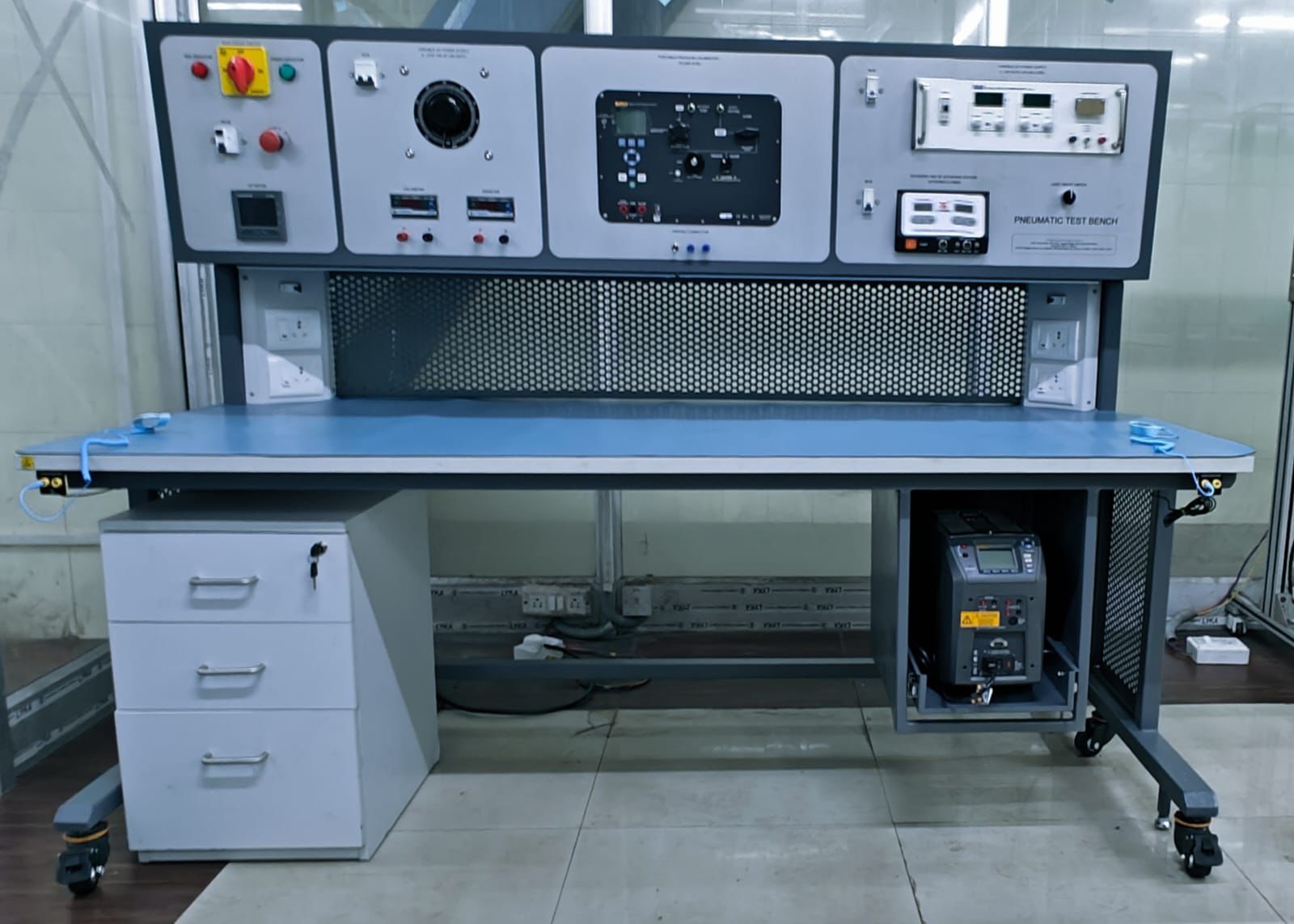
Test Bench for Temperature facility Calibration
A temperature detector is vital throughout every temperature monitoring facility. It starts with the use of a temperature detector. The temperature detector is critical to the perfection of the temperature seeing circle of an instrument in full. A dry-block calibrator is used to calibrate thermocouples and straight examinations. Temperature Baths are preferable for temperature detectors with further intricate shapes and sizes.
The temperature detector needs to be calibrated periodically like any other dimension device.
A temperature detector measures the temperature of a fluid by taking readings from the device. It sends a signal near enough to the temperature at which the circuit is subject. When the device’s temperature fluctuates, the outturn fluctuates as well. Some of these systems give a resistance signal, a voltage signal, a digital signal.
There are numerous types of temperature detectors with numerous different affair signals.
calibrate temperature detectors, one of three styles is used
- Using a simulator to calibrate only electronics
- Testing the detector in a dry well.
- Ensure the electronics and the detector are calibrated using a dry well and a thermometer.
Then’s a quick rundown of colourful strategies and their benefits and downsides.
It’s only calibrating the electronics on a simulator.
Any temperature simulator processes an input temperature that labours or mimics the corresponding voltage (thermocouple) or resistance (RTD or thermistor) grounded on standard regionally accepted norms to calibrate the electronics of a temperature quantification and control system.
Advantages of this system
- It’s quick. The electrical settings are immediate and don’t demand any time for stabilisation.
- The calibrating technology in this approach may be more movable than utmost others in all the other procedures.
- Swappable examinations can still be used with the metre.
Disadvantages of this system
The inquiry may need to be calibrated independently, or it’ll continue to be non-calibrated.
As a result, the thermometer outcomes will retain old values and remain uncalibrated, and the data measured are non-traceable.
Test and Calibrate electronics & detectors in a dry well.
Each dry- well is calibrated to the specified test temperature under this approach, and a thermometer, metre, and inquiry are each deposited in the well. Also, the dimension on the thermometer is validated to the dimension on the installed thermometer inside the dry well.
Advantages of this system
- The inquiry and metre have been calibrated together.
- It’s the current temperature that’s used.
- The system is straightforward because just one instrument (on the dry- well) is being used.
Disadvantages of this system
- The calibrated delicacy of the dry-well-conditioned limits the delicacy.
- When the inquiry doesn’t reach the bottom of the well, further lapses can do.
- After the estimation, the examinations for the unit-under- test aren’t exchangeable.
- It takes a period for the temperatures in the dry well to acclimate.
The detectors and electronics are calibrated against the thermometer inside a dry well calibrator.
The thermometer is compared to a more standard thermometer put in an adjoined opening in the well under this strategy, which uses a dry- well as a dependable heating element. This strategy achieves the loftiest degree of perfection. It’s possible to trace the estimation back to an identifiable bath. When it comes to synchronising unit-under-test sizes, you have fresh options. Calibrating both detectors and electronics in the dry-well-conditioned — This methodology enables druggies to calibrate the inquiry and metre as a unit. Still, the dry-calibrated well’s perfection limits the perfection. A Calibrating in a dry well using a reference thermometer on the electronics and the detectors — This fashion is the most accurate. Still, it’s the also most precious and time-consuming.

